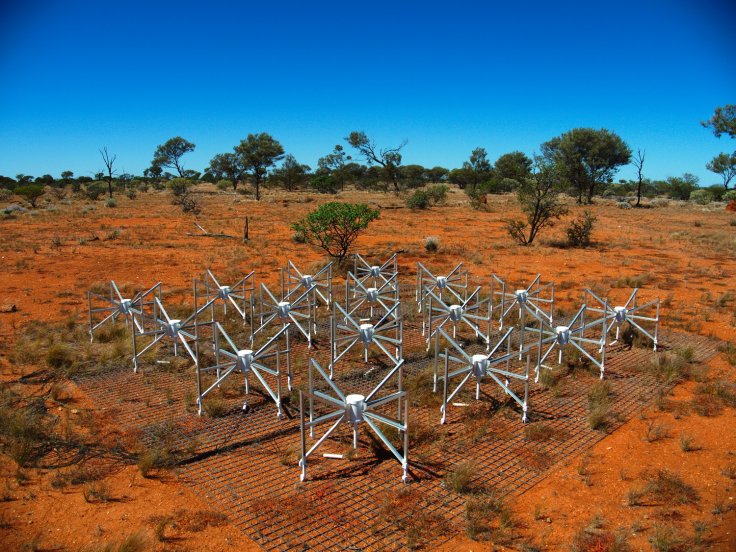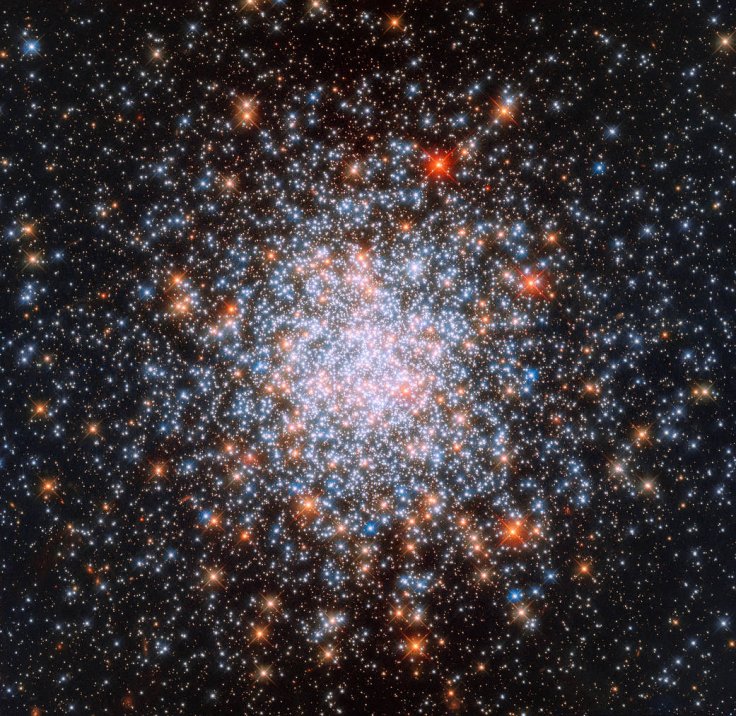Over the years, astronomers have been trying to find an answer to one specific question—are we alone here? Their queries took them to the broadest and most detailed search for alien civilizations, using a wide-field radio telescope in Australia.
The researchers used the telescope to scan 10 million-star systems for signs of life and ended up finding little evidence of extraterrestrial life. The scientists said that there are some valid reasons to believe humans' cosmic kindred is without a doubt out there, somewhere.
Alien Life in the Universe

The recently completed detailed study on life beyond this blue planet was published on Tuesday, September 8 in the Publications of the Astronomical Society of Australia. As per the researchers, the Murchison Widefield Array (MWA)—a low-frequency radio telescope that uses its antennas to detect radio waves from the space, located in Western Australia—was pointed at a patch of the sky around the Vela constellation which contains around 10 million stars.
Because of its wide array, the telescope in Australia was able to search for alien life hundreds of times more broadly than any other previous attempt. They observed the sky around the constellation of Vela for 17 hours, looking more than 100 times broader and deeper than ever before.
In a statement, the lead author of the study, Chenoa Tremblay, a researcher at the Curtin University node of the International Centre for Radio Astronomy Research (ICRAR) said that the MWA is a unique telescope which has an extraordinarily wide field-of-view that allows the researchers to observe millions of stars simultaneously.
As per the study, the radio telescope was searching for powerful radio emissions at frequencies that are similar to FM radio transmissions—known as 'technosignatures.' Even though the researchers found nothing conclusive, they were not surprised as the universe is rather big.
Steven Tingay, a professor at Curtin University, and co-author of the study said that it was a really big study and "the amount of space we looked at was equivalent of trying to find something in the earth's ocean, but only searching a volume of water equivalent to a large backyard swimming pool."
Looking for Aliens

The scientists are not sure while looking for the extraterrestrial life in the universe, what that alien life would look like, and because of that, they search for it using several techniques. This research was different. By searching for radio emissions on several planets, the scientists not only assume aliens should exist, but also that they are an advanced civilization which utilizes technology.
The universe which we know is 13.8 billion years old and the earth was formed a mere 3.5 billion years ago. Humans have been on the blue planet for just 200,000 years, while modern civilization developed around 6,000 years ago.
This timeline shows that it takes billions of years for a civilization to grow on a planet. The chances of the human race existing simultaneously with another civilization flourishing on another planet in the cosmos are pretty small.
But as the astronomers still hopeful about finding extraterrestrial life using more advanced technology, Tingay said, "Although there is a long way to go in the search for extraterrestrial intelligence, telescopes such as the MWA will continue to push the limits."









